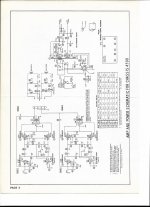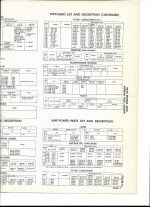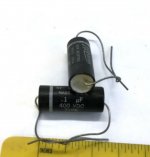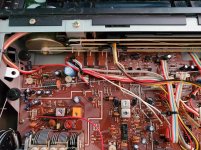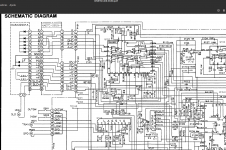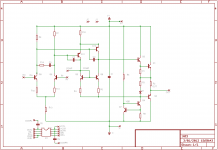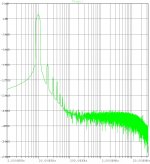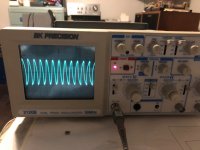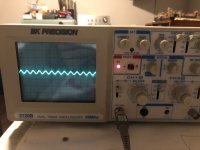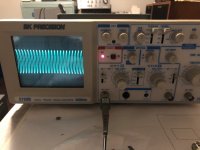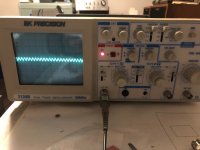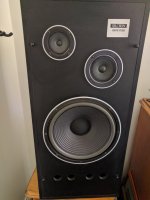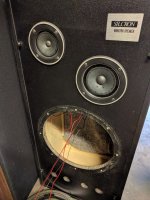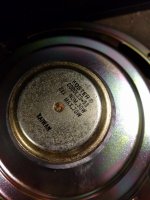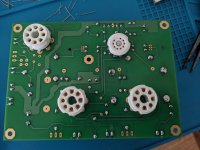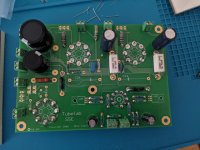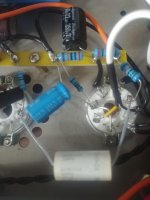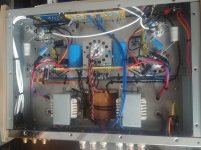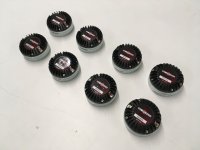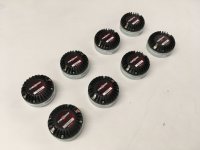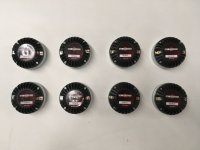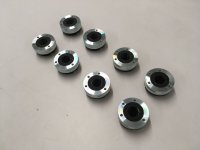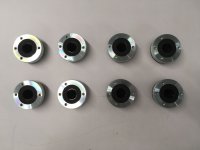I'm trying to repair a nice Onkyo DX-6550 (sony chipset), it's built like a tank and isn't in a bad optical shape, also looks quite clean inside, so I'd really hope to repair it, but it's a tough one. The player turns on, all normal, drawer works, but CD doesn't spin. It moves the head (it's a magnetic pickup) if I manually put it away from centre, so radial movement/tracking seems ok, also focus coils move up and down (so, focus circuitry apparently working) and there IS a small red dot indicating that the laser is alive. Can't tell anything about it's health condition, though, as I can't get it to output eye pattern (disc doesn't spin). This seems to be because it can't get focus - the Focus OK signal never comes on.
I did all the obvious checks: laser lens cleaning, power supplies all measure perfect, no obviously damaged components in sight, CD appears to be correctly secured in place (although I have no way of confirming that distance is ok, but it's not adjustable, the platter motor is direct and fixed in height. CD also turns freely if done by hand.
The platter spindle motor is working, there's no voltage present (because of no focus) but when measuring around the microprocessor, I somehow got it to suddenly start spinning (wrong speed and didn't read anything) for a second, probably I induced some wrong signal to upc which decided to let it spin for a second.
Also, tray open and close switches work fine, i checked them, but I guess that would be obvious, otherwise I think it wouldn't try to focus after loading disk.
The "Laser ON signal" sent by microprocessor is also alright - 5V for a couple of seconds and then goes down again.
I hooked up my oscilloscope, obviously no relevant RF signal, as disc is not spinning.
But I could see amplitude changes of focus out testpoint (goes low and then high again, with amplitudes of about 0,5V, then stays again at 0,5V offset). Lens can be seen moving well up and down and all this seems about right (in a Philips CDM service manual this is described, I think it applies to most mechanisms).
I also had a look at the Laser out, before the driver transistor it has more amplitude, clearly goes on and off (don't remember if negative, but it doesn't matter for this), after transistor (PNP) it's inverted with less amplitude change (Still around 1,3V amplitude, looks normal to me) and when laser goes off, it returns slower to original amplitude (probably because of the cap at the base of the transistor). As I didn't know if this was normal, I exchanged that cap (100uF) with a new one. No change. Also took out the driver transistor (2SA950), to test it (wouldn't measure correct in circuit), it's fine. Put it back in. Also exchanged the filter cap at the abcdef diode array to GND, it's also 100uF. No change.
As this player has been tinkered with (the power chord is cut off, but inside someone got the leads out for testing, which made my life easier) and I don't know the history, I tried putting all adjustment trimmers to middle position (first I annotated down the values of resistance I measured, so I could get back later!), as normally this is starting point for adjustment procedure, but no luck, as it doesn't focus, all other settings are impossible.
Checked that clocks and oscillators are working - for what I could find with scope, yes. Can't figure out how to check the VCO, though. They refer to frequency counter, my DMM does have this function and I've used it in other players for similar purpose, but no display is shown here. Is it relevant for the laser unit working? Could this be the problem?
Had a look at the laser power trimmer on pickup, wasn't at any extreme position, measured it - 560 ohms. But there was a black mark and the thing wasn't adjusted to it, was slightly more to the left (more resistance), I tried putting to black mark - no difference. Put it back where it was.
Now a couple of things I find strange (but I'm still struggling with understanding the whole way of functioning of the APC circuit, photo diode array and everything, so maybe they are normal):
- measured 2,64V DC over the two parallel 33 ohm resistors at laser driver transistor (emitter), that would translate to 162mA being drawn from transistor (which only powers the laser diode, obviously), does that mean laser is being driven with that high of a current, adjusted by APC?!?! Is this an indication of a dying laser? Or malfunction of APC? Or am I doing the measurement/maths wrong?
- Monitor photo diode (PD) of OPC circuit outputs -7,62V when laser is on (0V otherwise), I found that strange, if the whole circuit only works with +-5V power rails??? I'm measuring at anode of diode, where it is connected to laser power trimmer.
-At the outputs of the photo diode array abcdef (inputs of RF amp), I can only see very small amplitude signals, is that normal? If measured with DMM, they change in polarity when laser is ON, for example: -3mV goes to +3mV and then back, when laser is off and it stops trying to focus.
So, resuming: although the laser looks ok to me (I look at it through mobile phone, always, for safety), looks similar to what I've seen in other players, could it be weak? As I've measured that strange 162mA... but maybe wrong way of measuring.
Could the focus circuitry be bad, although it seems to work?
Could the RF amp (CXA1081S) be bad, so not amplifying photo diode array output well?
Could it be the VCO, not working?
Could the APC for laser not be working, although components measure ok? Maybe the photo diode? Those -7,6V...
Could there be some weird problem in the surrounding circuitry, not allowing focus circuit to have correct functioning? I'm referring to the circuit with all the adjustment trimmers.
Last idea I have: maybe the focus and tracking driver chip is defective, although it seems to work?
Maybe even some strange mechanical problem I haven't spotted which makes the lens not being at right distance of disc? I had this with a B&O player which came back to life after adjusting disc height. But this one has no adjustment.
Please, share your thoughts, I'm kind of lost here... thanks!
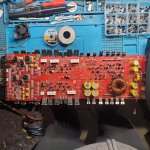
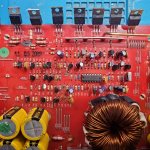
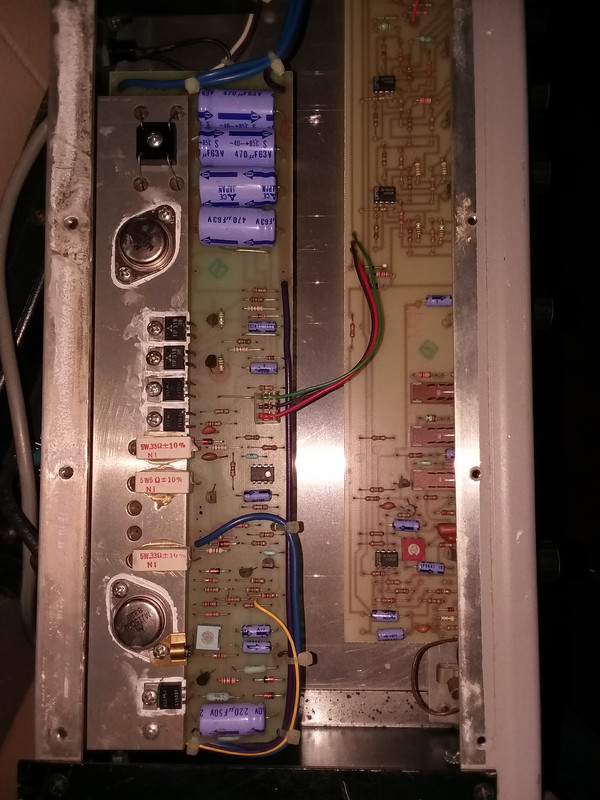
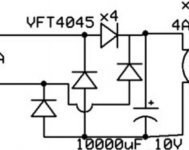

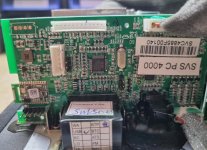
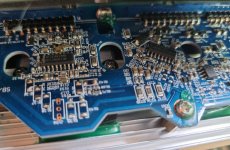
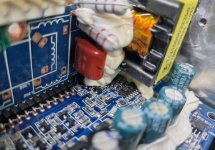
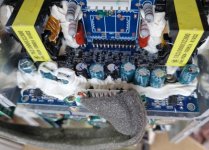
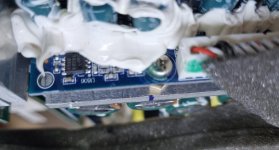
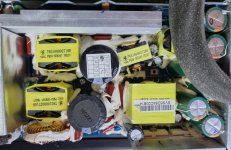

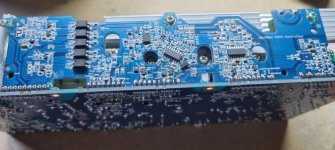
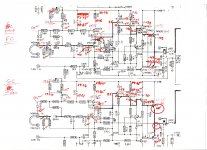
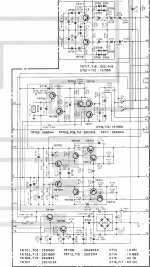
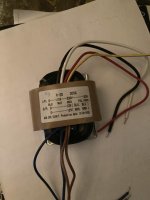
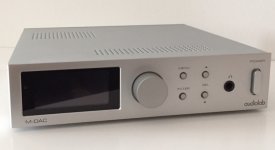
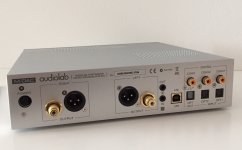

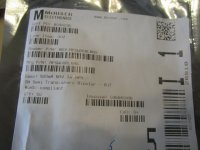
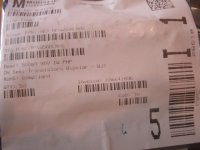
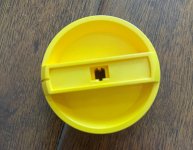
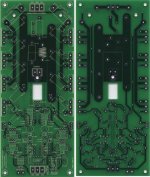
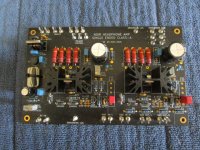
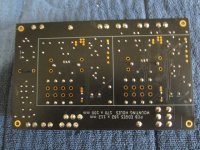
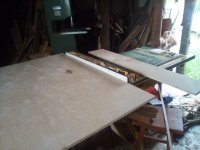
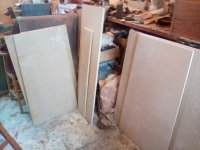
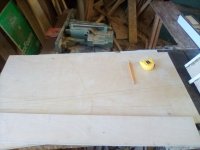

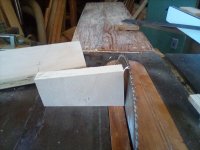
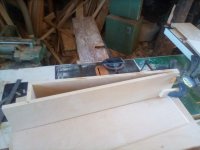

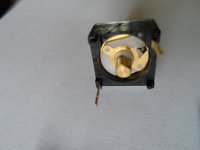
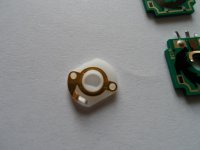
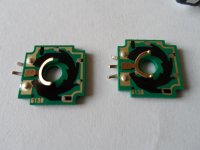

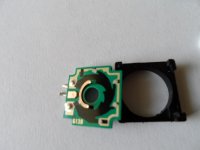
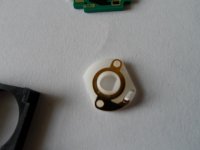
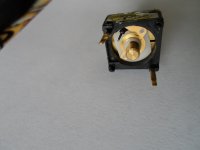
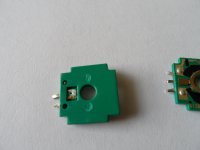
 ! I'm limited to ~100€ for drivers. I could maybe afford two of
! I'm limited to ~100€ for drivers. I could maybe afford two of 